Home>Articles>How To Store Stuffed Animals For Long Term Use
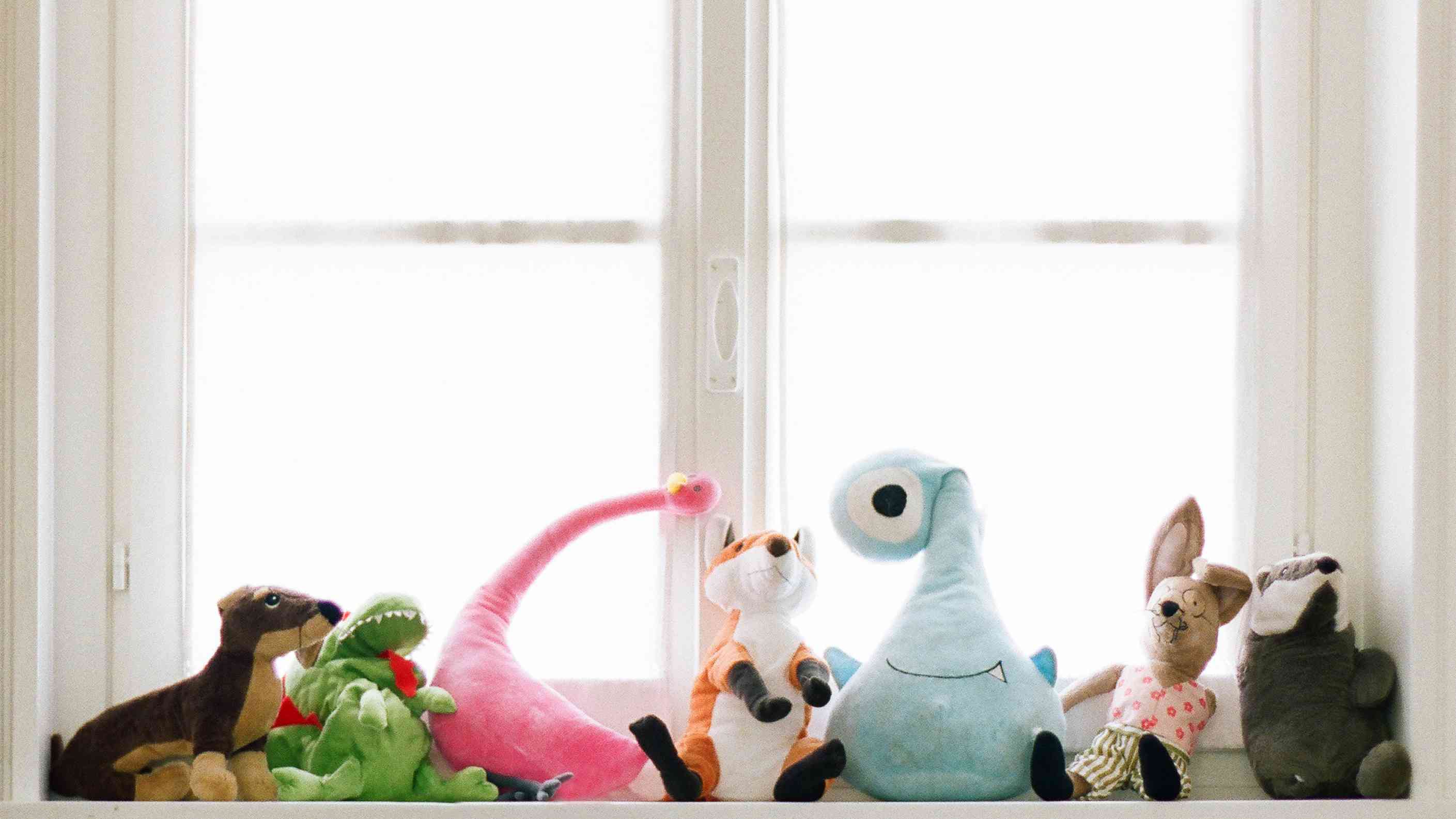

Articles
How To Store Stuffed Animals For Long Term Use
Modified: January 19, 2024
Learn how to store stuffed animals long term with these helpful articles. Keep your favorite plush toys safe and preserved for years to come.
(Many of the links in this article redirect to a specific reviewed product. Your purchase of these products through affiliate links helps to generate commission for Storables.com, at no extra cost. Learn more)
Introduction
Stuffed animals hold a special place in our hearts as they bring us comfort, joy, and a sense of companionship. Whether they are cherished childhood toys or sentimental gifts, it’s important to preserve them for the long term. Proper storage can help prevent damage from dust, sunlight, and pests, ensuring that your beloved stuffed animals remain in excellent condition.
In this article, we will guide you on how to store stuffed animals long term, so you can keep them safe and well-preserved for years to come. From selecting the right storage space to cleaning and securing loose parts, we’ll cover everything you need to know to maintain the quality and longevity of your precious stuffed companions.
Key Takeaways:
- Proper storage of stuffed animals involves selecting the right space, cleaning, detaching accessories, securing loose parts, and using vacuum bags. Storing in a dry, cool environment and avoiding direct sunlight are crucial for long-term preservation.
- Regularly checking on stuffed animals for pests, moisture damage, fabric integrity, and storage conditions is essential to maintain their quality and longevity. Implementing these storage practices ensures cherished toys remain in pristine condition for years to come.
Read more: How To Store Stuffed Animals
Selecting The Right Storage Space
The first step in storing stuffed animals long term is to choose an appropriate storage space. Ideally, you want to find a cool, dry, and well-ventilated area to prevent mold and mildew growth. Avoid storing in basements or attics as they can be prone to temperature fluctuations and humidity.
If you have limited space in your home, consider using plastic storage bins with lids. These bins will shield your stuffed animals from dust and pests while keeping them in a protected environment. Make sure the bins are sturdy and sealable to provide maximum protection.
Additionally, if you have a closet or a spare shelf in a room, those can also serve as suitable storage spaces. Just ensure that the area is not exposed to direct sunlight and is away from any potential risk of water leaks.
Cleaning the Stuffed Animals
Before storing your stuffed animals long term, it’s essential to clean them properly. Over time, dust, dirt, and bacteria can accumulate on the surface, potentially causing odor or discoloration. Follow these steps to ensure your stuffed animals are clean and ready for storage:
- Check the care instructions: Look for any specific cleaning instructions provided by the manufacturer. If they recommend a particular method or product, follow their guidelines.
- Spot clean: Use a soft cloth or sponge dampened with mild soap and water to gently spot clean any visible stains or dirt on the surface. Avoid saturating the stuffed animal as it can lead to damage or mold growth.
- Surface clean: For stuffed animals that are machine washable, place them inside a pillowcase or laundry bag and wash them on a gentle cycle with a mild detergent. Ensure you remove any detachable accessories, such as clothing or bows, before washing.
- Air dry: After washing, air dry the stuffed animals by laying them flat on a towel or hanging them up to dry. Avoid using a dryer as the heat can damage the fabric or cause shrinkage.
- Brush or fluff: Once the stuffed animals are dry, gently brush or fluff their fur using a soft-bristle brush or your hands to restore their original appearance.
It’s important to note that not all stuffed animals can be safely washed. Some may have delicate materials or intricate designs that require professional cleaning. If you’re unsure about the cleaning process, consult a professional cleaner who specializes in handling stuffed animals.
Detaching Any Accessories
Before storing your stuffed animals long term, it’s important to detach any accessories or additional items that may be attached to them. This includes clothing, hats, bows, or any other removable pieces. Here’s why it’s essential:
1. Avoid damage: Storing stuffed animals with accessories attached can lead to damage. The accessories may get tangled, crushed, or bent while in storage, resulting in permanent deformities or tears.
2. Preserve the accessories separately: Detaching the accessories allows you to store them separately, ensuring their protection and preventing any damage that can occur from being in direct contact with the stuffed animal. You can use small storage bags or containers to keep these accessories organized and easily accessible.
3. Clean the accessories separately: If the accessories are washable, such as clothing or fabric bows, it’s best to clean them separately before storage. Follow the instructions provided by the manufacturer for cleaning and care. This will help maintain the accessories’ quality and prevent any potential transfer of dirt or stains to the stuffed animals during storage.
Remember to keep all the detached accessories together and label them accordingly, so you can easily locate them when you want to reunite them with the stuffed animals in the future.
Securing Loose Parts
Ensuring that all the parts of your stuffed animals are securely attached is crucial before storing them long term. Loose parts can pose a risk of getting lost or causing damage during storage. Follow these steps to secure any loose parts:
- Tighten or reinforce stitching: Examine the stuffed animal carefully and identify any loose or weak stitching. Use a needle and thread to reinforce the stitching or tighten it to ensure that all the seams are secure. This will help prevent any parts from coming loose while in storage.
- Repair any damage: If you notice any tears, holes, or missing buttons, take the time to repair them before storing. Use a needle and thread or fabric glue to mend any damage. This will help preserve the integrity of the stuffed animal and prevent further deterioration.
- Check for loose embellishments: Some stuffed animals may have embellishments such as buttons, beads, or plastic eyes. Ensure that these embellishments are securely attached. If you find any loose or wobbly parts, reattach them with fabric glue or reinforce them with additional stitches.
By securing any loose parts, you will minimize the risk of damage or loss during storage. It will also ensure that your stuffed animals remain in their original, intact condition when you retrieve them in the future.
Read more: How To Store Large Stuffed Animals
Using Vacuum Bags
One effective method for storing stuffed animals long term is to use vacuum bags. Vacuum bags have the advantage of compressing the items, reducing their size and maximizing storage space. Here’s how to use vacuum bags for storing your stuffed animals:
- Gather your stuffed animals: Collect all the stuffed animals you want to store and ensure they are clean and dry.
- Choose the right size bag: Select vacuum bags that are large enough to accommodate your stuffed animals without overcrowding them. Avoid packing the bags too tightly, as it can distort their shape or cause damage.
- Place the stuffed animals in the bag: Carefully pack the stuffed animals into the vacuum bag, making sure to distribute them evenly. Avoid stacking or piling them on top of each other to prevent misshaping.
- Seal the bag: Once all the stuffed animals are inside the bag, seal it according to the instructions provided by the manufacturer. Most vacuum bags require you to use a vacuum cleaner to remove the air and create a tight seal.
- Vacuum seal the bag: Using a vacuum cleaner, remove the air from the bag to compress the stuffed animals. This will reduce their size and create extra space for storage. Ensure that you follow the proper steps and settings recommended by the vacuum bag manufacturer.
- Store the sealed bag: Place the sealed vacuum bag in your chosen storage space, whether it’s a closet, under the bed, or in a storage container. The compressed bag will help protect the stuffed animals from dust, pests, and moisture during their time in storage.
It’s important to note that while vacuum bags are effective in saving space, they may not be suitable for all types of stuffed animals. Avoid using vacuum bags for stuffed animals with delicate fabric or items that are highly sentimental or valuable. Consider other storage methods, such as using plastic containers, for these special items.
Store stuffed animals long term by keeping them in a cool, dry place away from direct sunlight to prevent fading and deterioration. Use airtight containers or vacuum-sealed bags to protect them from dust and pests.
Choosing the Right Containers
Selecting the right containers for storing your stuffed animals is crucial for their long-term preservation. Here are some factors to consider when choosing the containers:
- Size and capacity: Ensure that the containers are spacious enough to accommodate your stuffed animals without causing them to be compressed or folded excessively. It’s important to provide enough room for the stuffed animals to maintain their shape and prevent any damage.
- Material: Opt for containers made of durable and non-reactive materials such as plastic or fabric. Avoid using containers that are prone to moisture buildup or are susceptible to pests. Choose containers with secure lids or covers to keep out dust and pests.
- Transparency: Consider choosing transparent or semi-transparent containers to easily identify the stuffed animals without the need to open each container. This will save you time and effort when retrieving specific toys in the future.
- Stackability: If you have multiple containers, opt for ones that are stackable. This will help maximize your storage space and keep your stuffed animals organized and easily accessible.
Additionally, if you have delicate or valuable stuffed animals that require extra protection, consider using acid-free archival boxes or acid-free tissue paper to wrap them individually before placing them in the containers. This will help prevent any potential damage from acid migration or discoloration over time.
Remember to clean the containers thoroughly and ensure they are dry before placing your stuffed animals inside. This will prevent any moisture from causing damage or mold growth during storage.
Labeling the Containers
Labeling the containers used for storing your stuffed animals is a simple yet effective way to keep them organized and easily identifiable. Here’s why labeling is important and how to do it:
1. Easy identification: When you label the containers, it becomes effortless to locate specific stuffed animals without having to open each container. This not only saves time but also prevents unnecessary handling and potential damage to other stuffed animals.
2. Quick retrieval: Proper labeling allows you to quickly retrieve the desired stuffed animal when needed. Whether it’s a specific toy for a child or a sentimental favorite, you can find it in no time by referring to the labels on the containers.
3. Organization and categorization: Labeling the containers helps you categorize the stuffed animals based on themes, sizes, or any other criteria that makes sense to you. This makes it easier to find and store additional stuffed animals in a well-organized manner.
To label the containers, you can use adhesive labels, masking tape, or even permanent markers. Here’s how to label them effectively:
- Use clear and legible writing: Ensure that the labels are clear and legible, using a dark marker or pen that contrasts well with the container color. This will make it easier to read and understand the labels.
- Include specific details: Instead of simply writing “Stuffed Animals,” consider providing more specific information, such as “Small Teddy Bears” or “Zoo Animal Collection.” This will help you narrow down your search when looking for a particular group of stuffed animals.
- Consider numbering the containers: If you have a large collection of stuffed animals and multiple containers, you may find it helpful to assign a number to each container. Create a corresponding inventory list that details which stuffed animals are stored in each numbered container. This will provide a quick reference guide when searching for specific toys.
Take the time to label the containers as you pack them, ensuring that the labels are securely attached and visible. This will greatly simplify the storage and retrieval process, making it more efficient and hassle-free.
Storing in a Dry and Cool Environment
It’s crucial to store your stuffed animals in a dry and cool environment to prevent damage from humidity, mold, and pests. Here’s why this is important and how to achieve it:
1. Preventing mold and mildew: Stuffed animals are susceptible to mold and mildew growth in high humidity conditions. Moisture can cause these microorganisms to thrive, leading to unpleasant odors, discoloration, and even potential health risks. By storing your stuffed animals in a dry environment, you can minimize the risk of mold and mildew growth.
2. Avoiding pest infestation: Pests such as moths and silverfish are attracted to natural fibers commonly found in stuffed animals. They can cause damage by chewing on the fabric or laying eggs inside the toys. Keeping the storage environment cool and dry helps discourage pests from infesting your cherished toys.
To maintain a dry and cool environment for storing your stuffed animals, follow these tips:
- Avoid areas prone to moisture: Choose a storage space that is not susceptible to water leaks, such as basements or areas near pipes. These areas can have higher humidity levels and increase the risk of moisture damage.
- Control the temperature: Aim for a stable and moderate temperature range of around 60-75°F (15-24°C). Avoid extreme temperatures, as they can weaken the fabric and cause it to deteriorate over time.
- Use dehumidifiers or moisture absorbers: If you live in a humid climate or have a space with high humidity levels, consider using dehumidifiers or moisture-absorbing products to maintain a dry environment. These can help reduce excess moisture and prevent mold and mildew growth.
- Avoid storing near heat sources: Keep your stuffed animals away from direct sunlight, heaters, or other heat sources. Excessive heat can cause the fabric to fade, shrink, or become brittle.
By storing your stuffed animals in a dry and cool environment, you ensure that they remain in optimal condition, free from moisture-related damage and pest infestations. Regularly monitor the storage space to maintain the desired temperature and humidity levels.
Read more: How To Organize Stuffed Animals
Avoiding Direct Sunlight
Exposing your stuffed animals to direct sunlight for prolonged periods can cause irreversible damage to their fabric, colors, and overall condition. It’s important to avoid direct sunlight to preserve the quality and longevity of your cherished toys. Here’s why it’s crucial and how to prevent sunlight damage:
1. Fading of colors: Sunlight contains ultraviolet (UV) rays that can cause the colors of the fabric to fade over time. Vibrant hues may become dull, and patterns may lose their original vibrancy. This is particularly important for stuffed animals with delicate or non-fade-resistant fabrics.
2. Deterioration of fabric: Prolonged exposure to sunlight can weaken the fabric of your stuffed animals. The UV rays can break down the fibers, leading to brittleness, shrinkage, or even disintegration in extreme cases. This can result in tears, holes, or permanent damage to the overall structure of the toy.
To avoid sunlight damage, follow these tips when storing your stuffed animals:
- Choose a shaded storage space: When selecting a storage location, opt for an area that is away from direct sunlight. Ideally, this would be a closet, a shelf in a shaded room, or any space that is shielded from direct sunlight throughout the day.
- Use curtains or blinds: If natural light enters the storage area, use curtains or blinds to block the sunlight during the day. This will help keep the space shaded and prevent any direct exposure to harmful UV rays.
- Utilize UV protection: If you have stuffed animals displayed in a room that receives sunlight, consider using UV-protective film on windows or applying heavy curtains to minimize the amount of sunlight that enters the room. This will help reduce the potential damage caused by UV rays.
By keeping your stuffed animals away from direct sunlight, you can preserve their vibrant colors, protect their fabric from deterioration, and maintain their overall quality for many years to come.
Checking on the Stuffed Animals Periodically
Even when stored properly, it’s essential to periodically check on your stuffed animals to ensure they remain in good condition. Regular inspections allow you to identify any potential issues or signs of damage early on and take appropriate measures to mitigate further damage. Here’s why checking on your stuffed animals periodically is important and what to look for:
1. Pest infestation: Despite taking preventive measures, pests can occasionally find their way into storage areas. Regular inspections help you identify any signs of pest activity, such as droppings, chewed fabric, or insect casings. If you notice any signs of pests, take immediate action to address the infestation to prevent further damage.
2. Moisture or mold damage: Even in dry storage spaces, there is always a slight risk of moisture buildup or mold growth. Periodic checks allow you to identify any signs of moisture damage, such as musty odors, dampness, or visible mold. If you detect any signs of moisture or mold, remove the affected stuffed animals from storage and address the issue promptly.
3. Fabric integrity: Inspect the fabric of your stuffed animals for any signs of wear and tear, including frayed seams, holes, or loose threads. Pay attention to areas that may be more prone to damage, such as seams, joints, or places where accessories are attached. Promptly repair any minor damages to prevent them from worsening over time.
4. Storage conditions: During your periodic checks, assess the storage conditions to ensure they remain dry, cool, and dust-free. If you notice any changes or signs of potential issues, make necessary adjustments to maintain the ideal storage environment for your stuffed animals.
By regularly checking on your stuffed animals, you can catch any issues early and address them promptly, minimizing potential damage and ensuring the longevity of your precious toys. It’s recommended to perform these checks at least once every six months, but you can adjust the frequency based on your specific circumstances and storage conditions.
Conclusion
Properly storing your stuffed animals long term is essential to preserve their beauty, sentimental value, and overall condition. By following the guidelines outlined in this article, you can ensure that your beloved toys remain in excellent shape for years to come.
Remember to select the right storage space that is cool, dry, and well-ventilated. Clean and detach any accessories from the stuffed animals before storage, securing any loose parts to prevent damage. Consider using vacuum bags to save space and choose the right containers, labeling them for easy identification.
Storing your stuffed animals in a dry and cool environment is crucial to prevent moisture damage and the infestation of pests. Avoid exposing them to direct sunlight, as it may cause fading and deterioration of the fabric. Regularly check on your stuffed animals to identify and address any potential issues, such as pest infestations or moisture damage.
By implementing these storage practices and periodically maintaining your stuffed animals, you can ensure they remain in pristine condition and continue to bring joy and comfort for many years to come. Preserving the memories associated with these cherished toys will allow you and future generations to cherish and enjoy them for a lifetime.
Frequently Asked Questions about How To Store Stuffed Animals For Long Term Use
Was this page helpful?
At Storables.com, we guarantee accurate and reliable information. Our content, validated by Expert Board Contributors, is crafted following stringent Editorial Policies. We're committed to providing you with well-researched, expert-backed insights for all your informational needs.
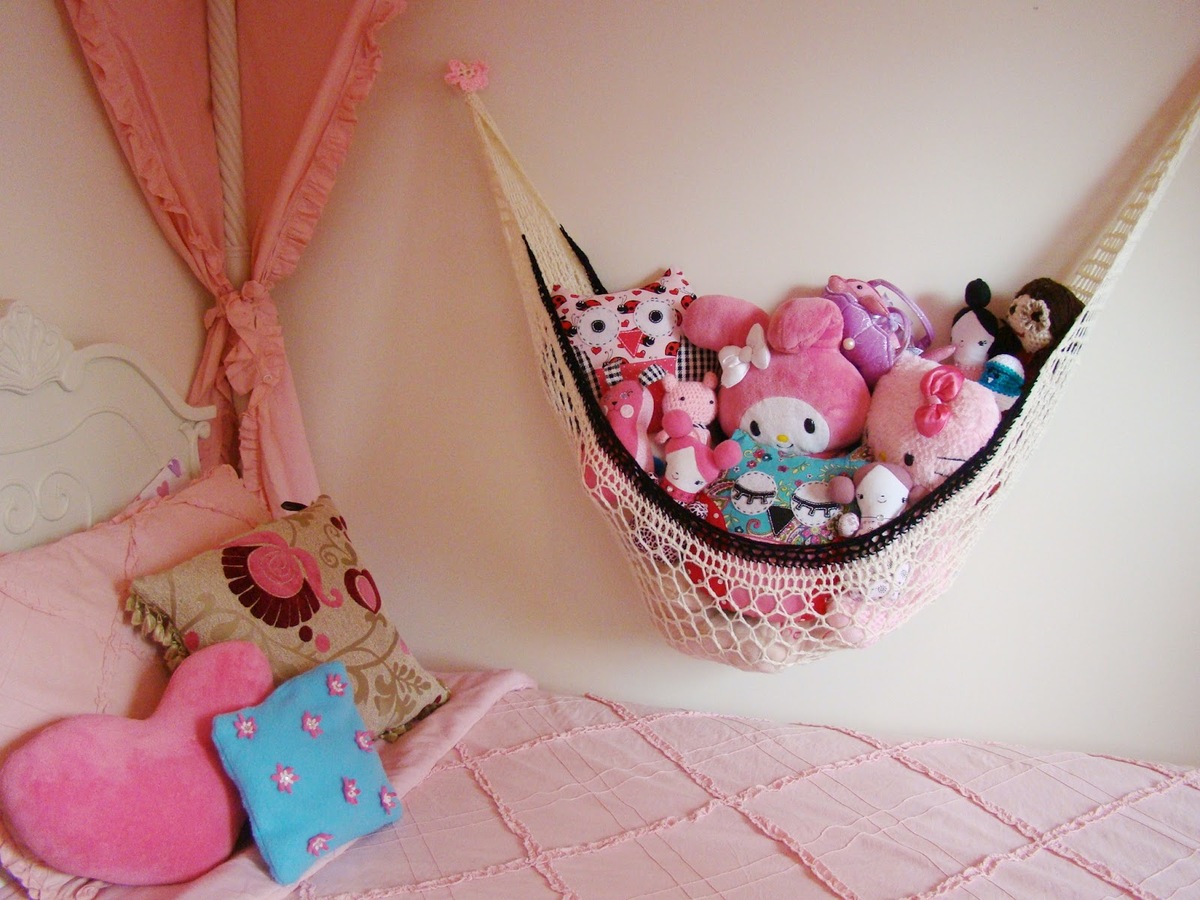
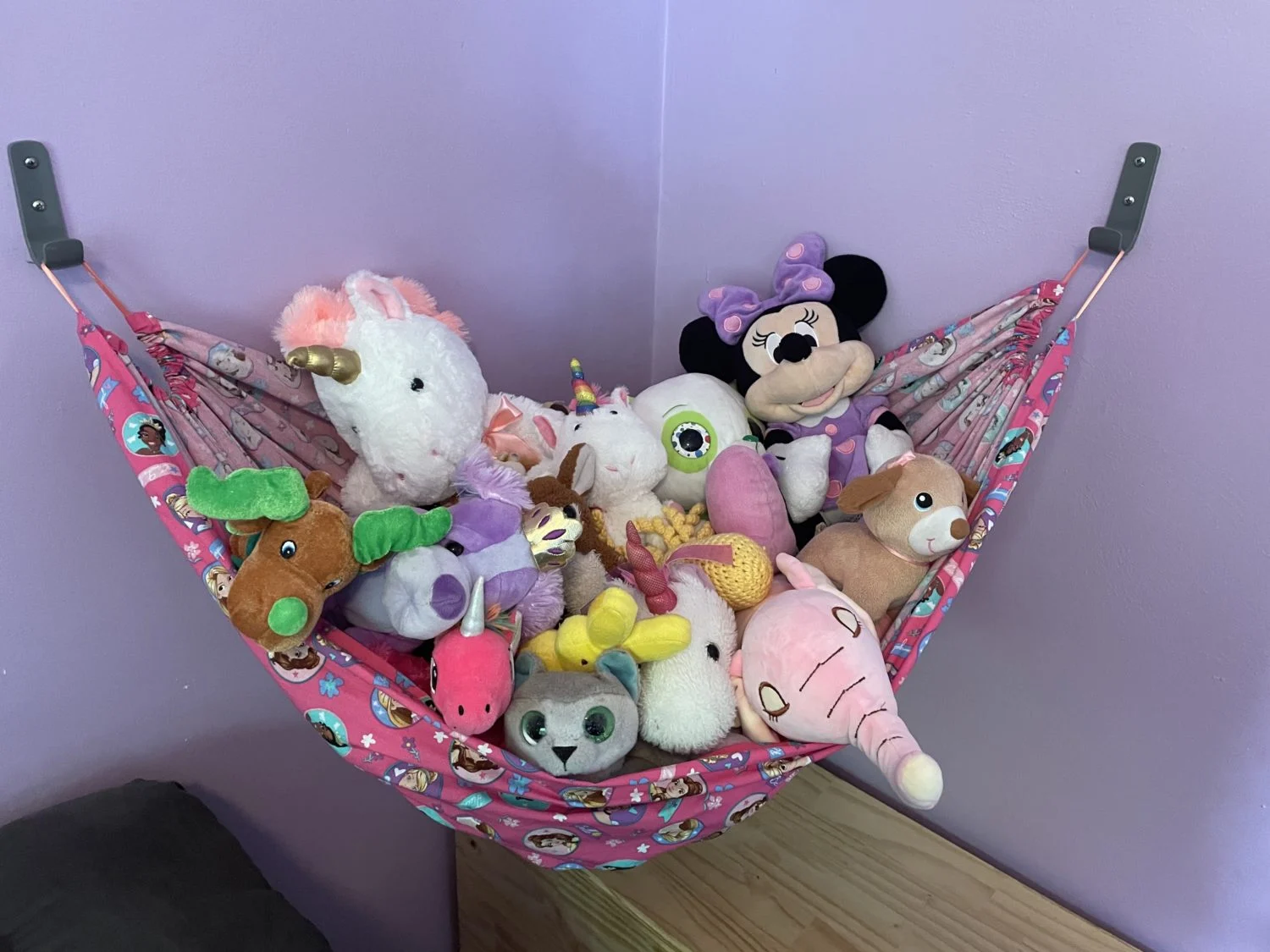
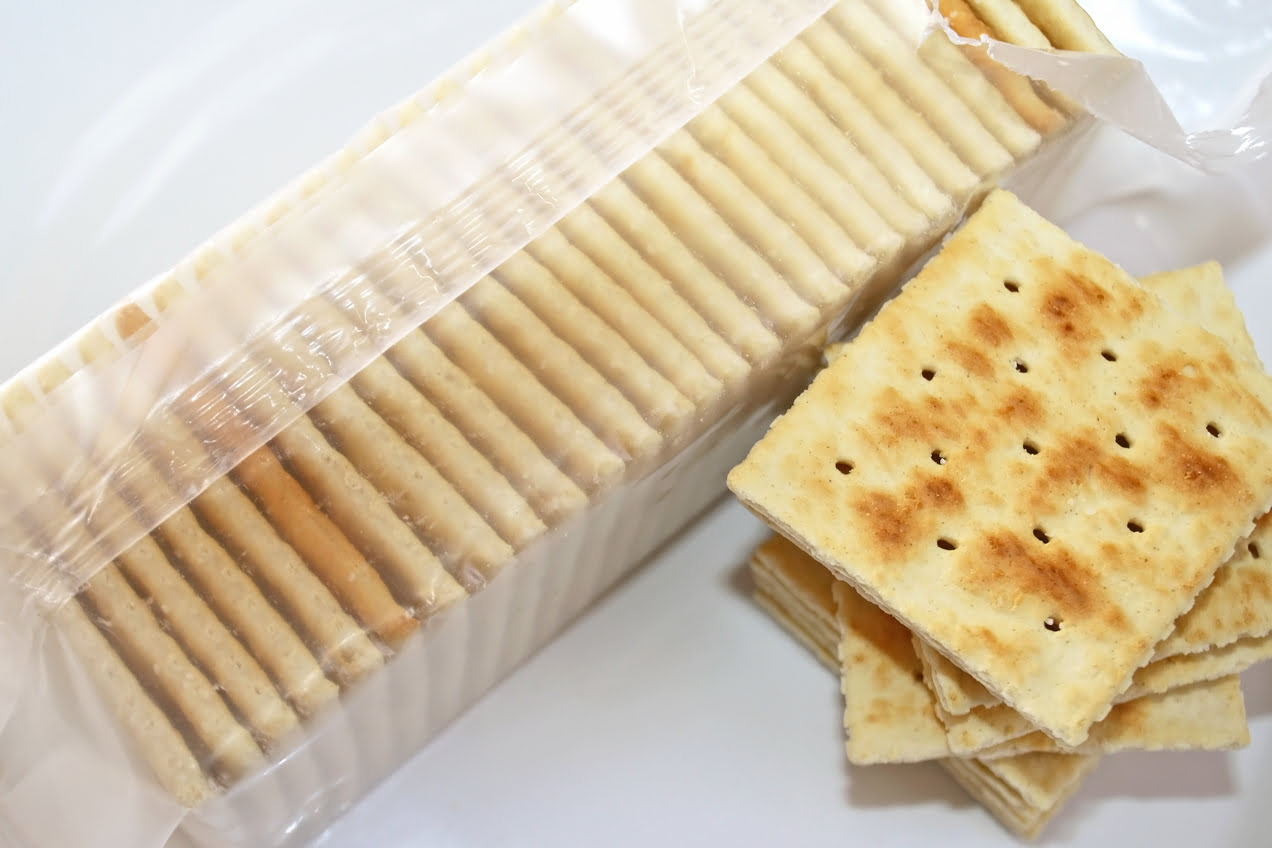
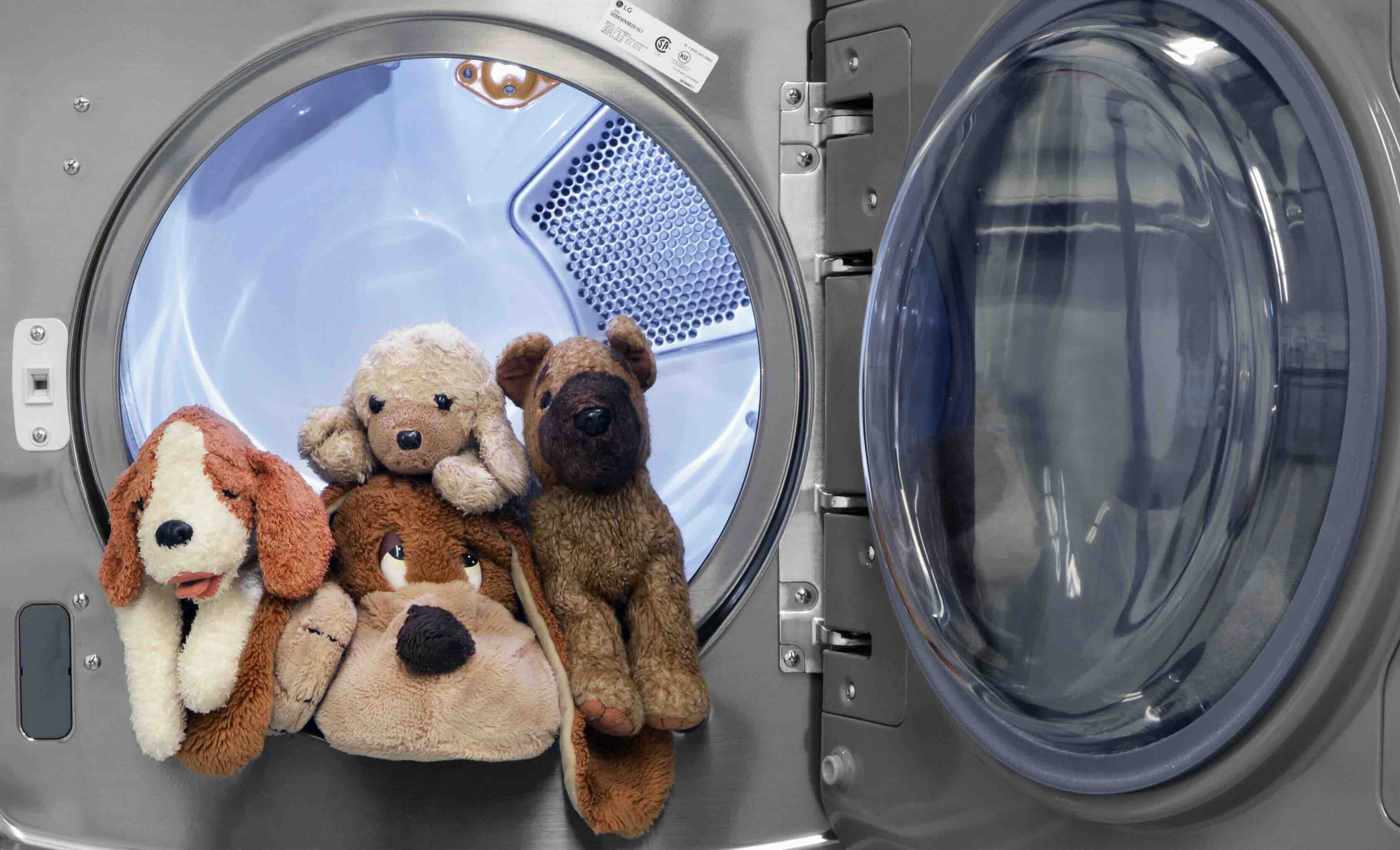
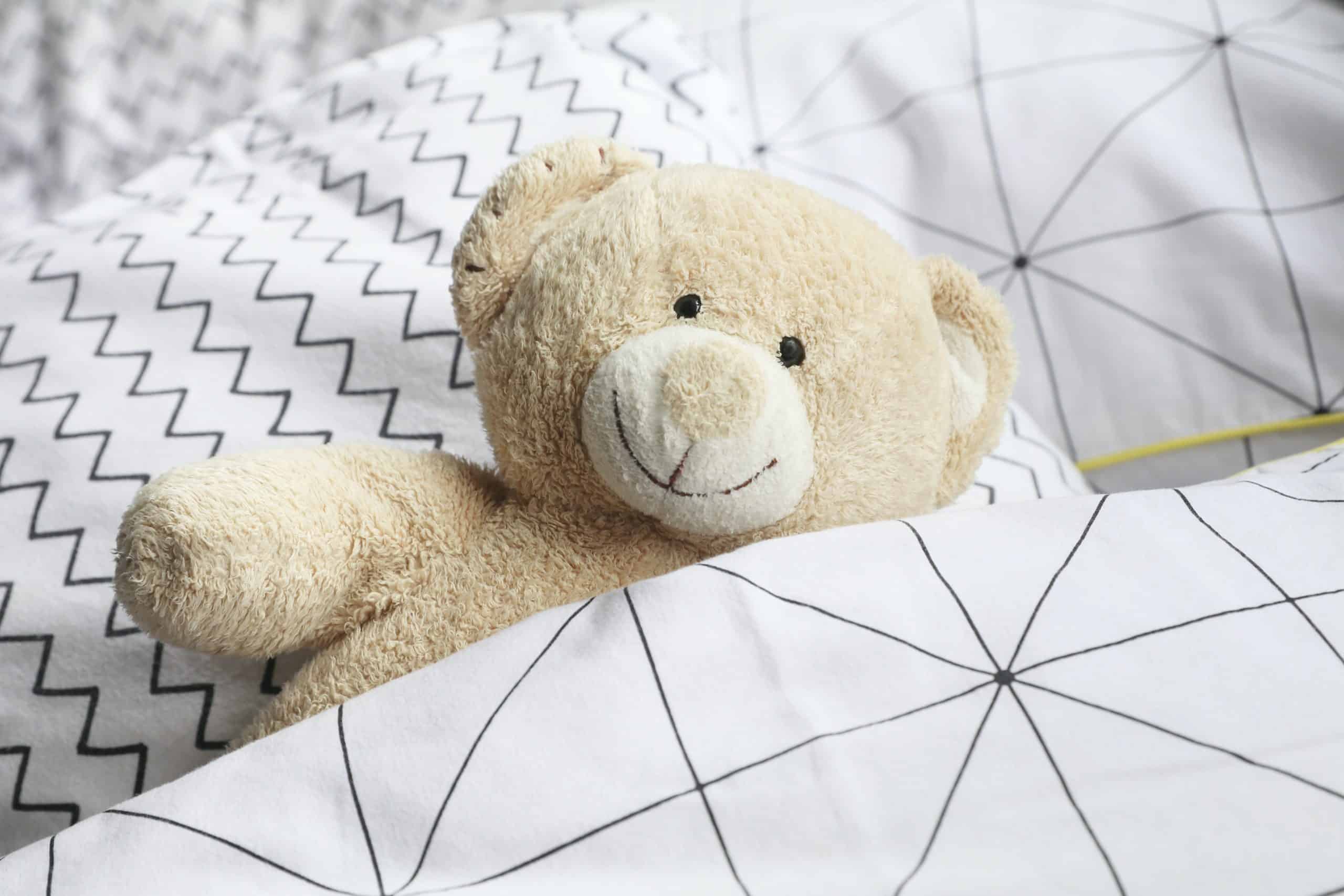
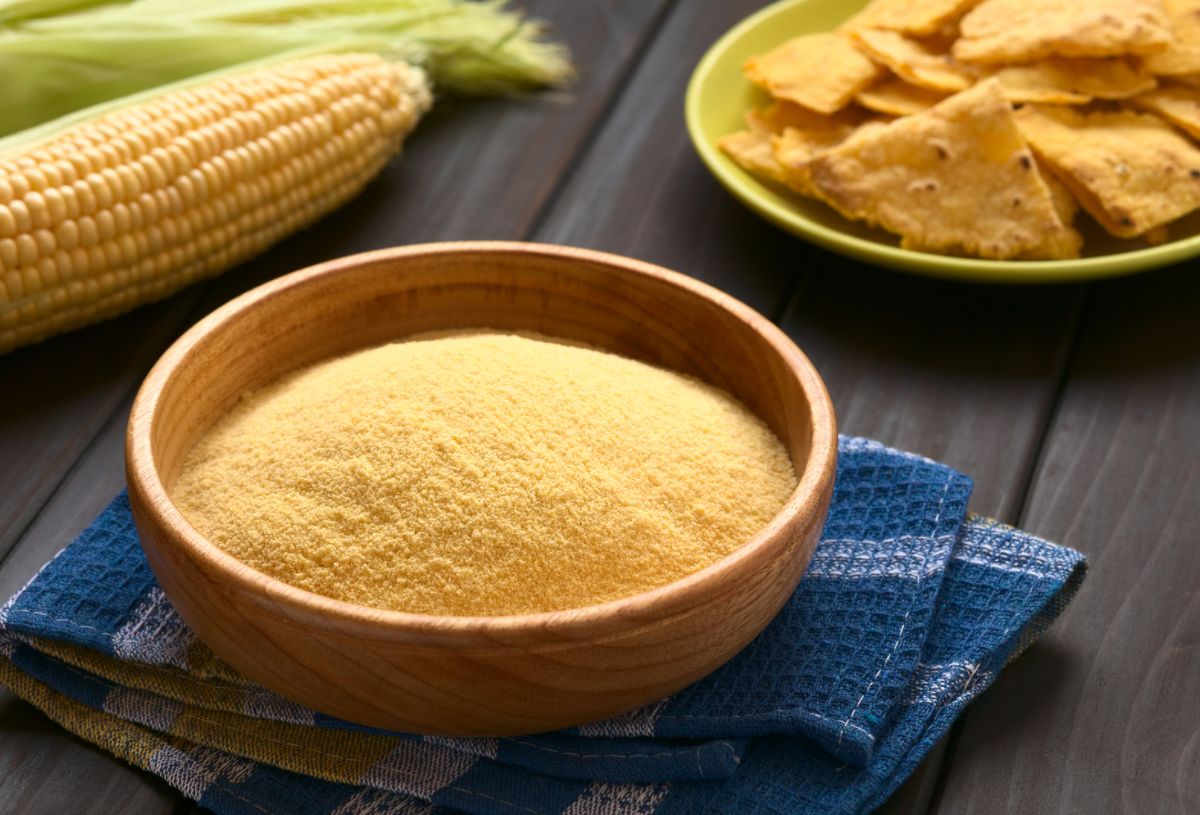
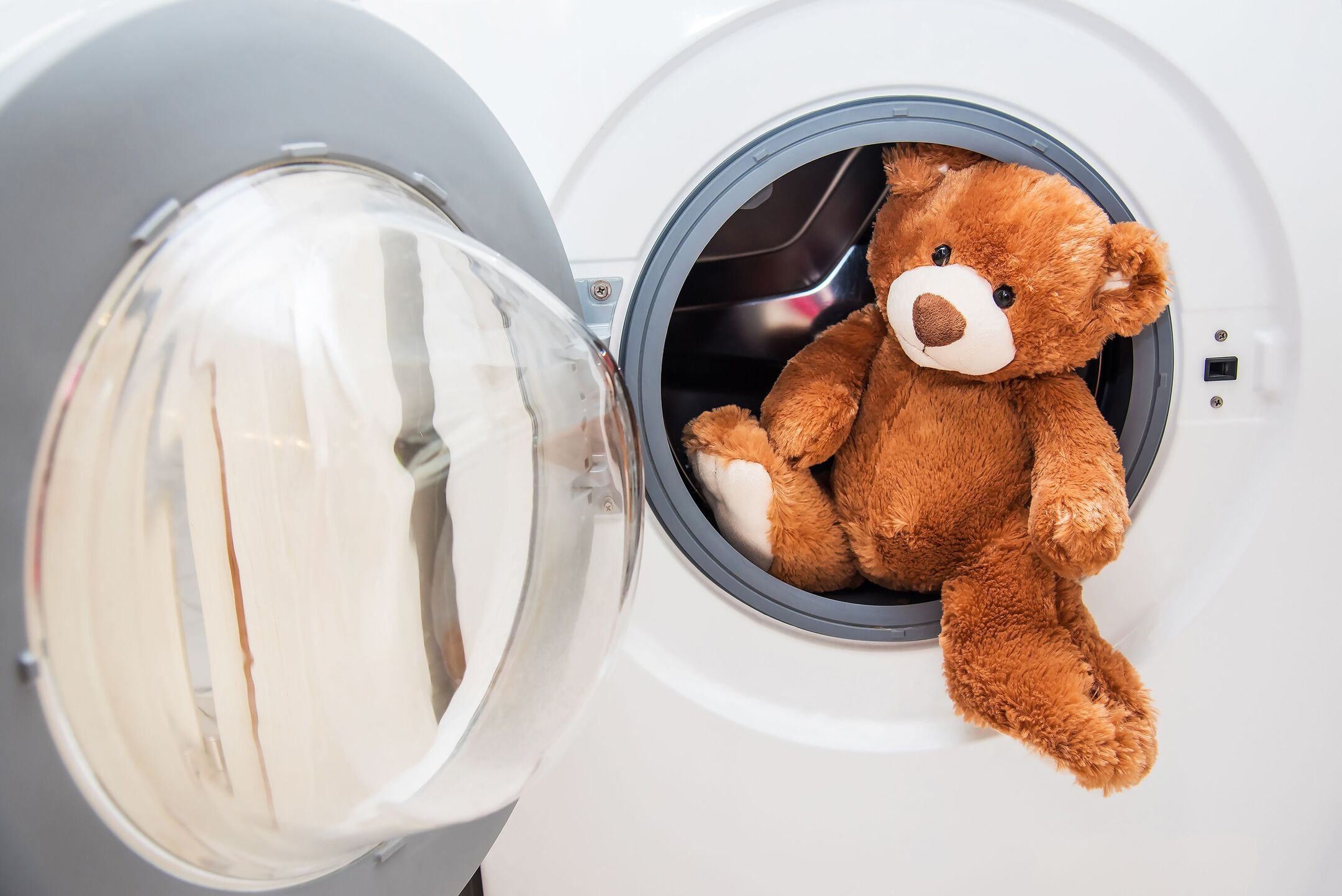







0 thoughts on “How To Store Stuffed Animals For Long Term Use”